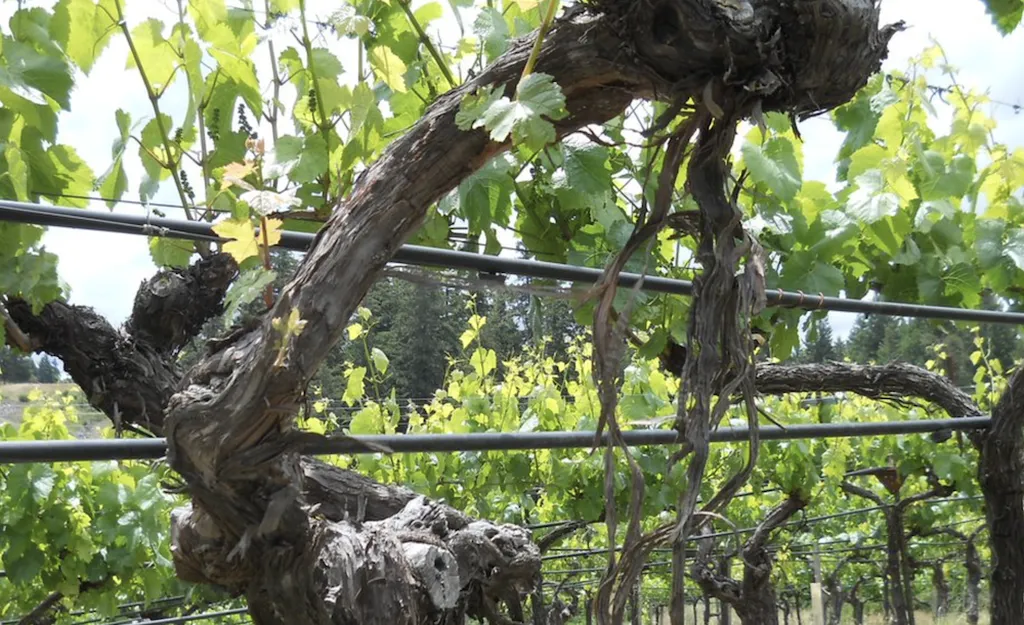In the heart of California, where water is a precious commodity, vineyards are constantly seeking ways to optimize their water usage. A recent study published in *Agricultural Water Management* sheds new light on how the orientation of vineyard rows can significantly impact water consumption, offering valuable insights for growers in water-limited regions.
The research, led by Diego Salazar-Martínez of the US Department of Agriculture’s Agricultural Research Service, focuses on the influence of vineyard row orientation on evapotranspiration (ET) estimates using a satellite-based Two-Source Energy Balance (TSEB) model. While previous studies have examined typical row orientations like North-South and East-West, Salazar-Martínez and his team turned their attention to Southwest-Northeast (SWNE) and Northwest-Southeast (NWSE) orientations, which have been largely overlooked.
The findings are striking. During the growing seasons of 2021 and 2022, the study revealed that vineyard blocks oriented SWNE consistently showed higher ET rates compared to NWSE blocks. “We found average differences of 1.2 mm per day in 2021 and 1.5 mm per day in 2022,” Salazar-Martínez explained. “This might seem small, but over an entire growing season, it adds up to a significant amount of water.”
The study also confirmed that these differences are likely due to variations in radiation interception and shadowing between the two row orientations. “Our sensitivity analysis showed that the TSEB model is highly responsive to land surface temperature and albedo, which are influenced by how much sunlight the canopy intercepts and how much shadow is cast,” Salazar-Martínez noted.
For the agriculture sector, particularly high-value-crop farms in water-limited regions, these findings could have substantial commercial impacts. By understanding how row orientation affects water consumption, growers can make more informed decisions about field architecture and irrigation schedules, ultimately leading to more sustainable and efficient water use.
The research also highlights the importance of accurate ET modeling in optimizing agricultural practices. As Salazar-Martínez put it, “This study adds to our comprehensive understanding of how row geometry influences vineyard water demands, which is crucial for the agricultural application of ET models.”
With water scarcity becoming an increasingly pressing issue, the insights from this study could shape future developments in precision agriculture, helping growers to maximize their yields while minimizing their water footprint. As the agricultural sector continues to embrace technology, the integration of satellite-based models like TSEB could become a game-changer in the quest for sustainable water management.
The study, “Influence of vineyard row orientation on evapotranspiration estimates from a satellite-based two-source energy balance model,” was published in *Agricultural Water Management* and was led by Diego Salazar-Martínez of the US Department of Agriculture’s Agricultural Research Service, based in Davis, California.

